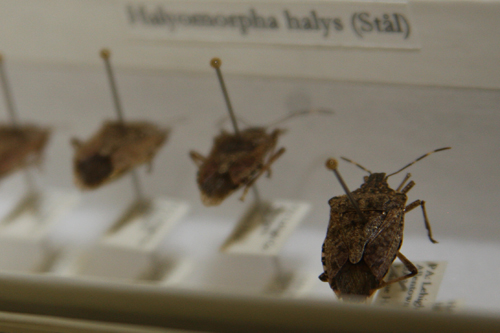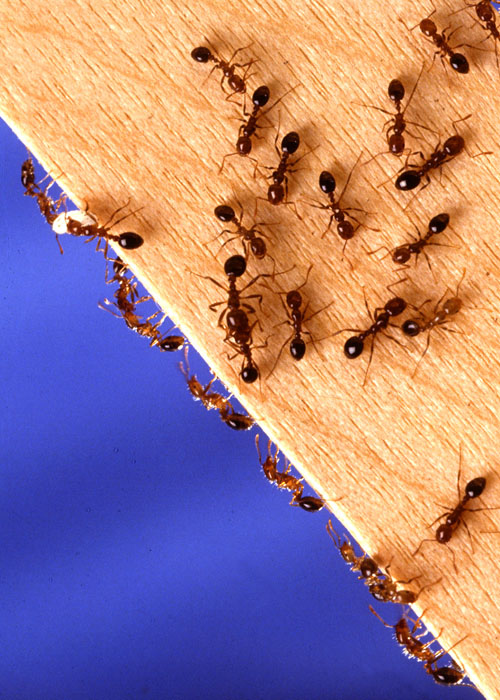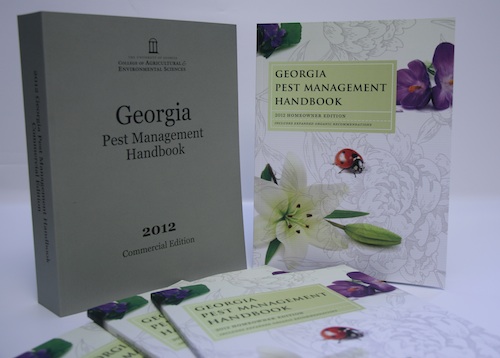 CAES News
CAES News
Pest management guide
The 2012 Georgia Pest Management Handbook is now available. The thirty-third Commercial Edition, published by the University of Georgia College of Agricultural and Environmental Sciences, provides more than 800 pages of current information on selection, application and safe use of pest control chemicals around farms, homes, urban areas, recreational areas and other environments where pests may occur.

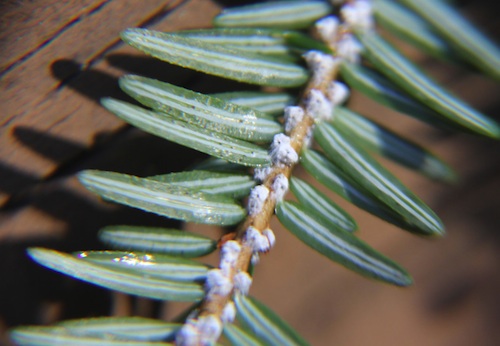
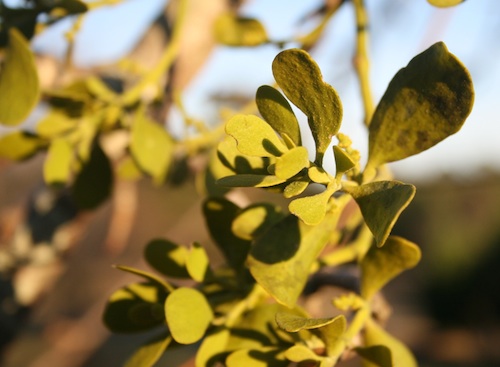
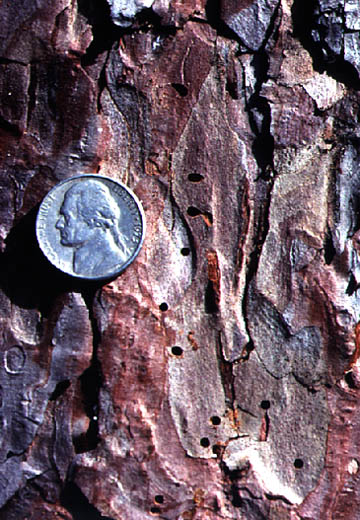
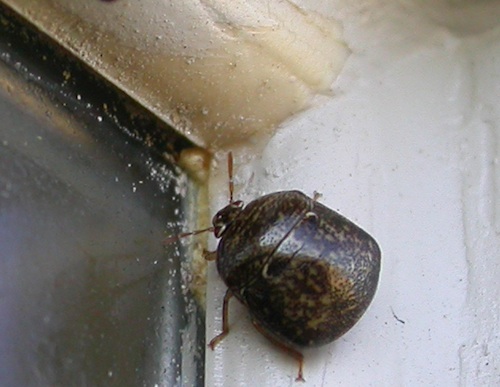
.jpg)
